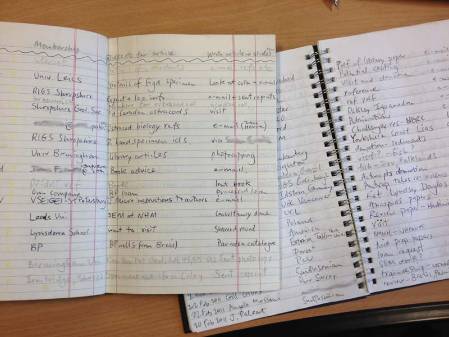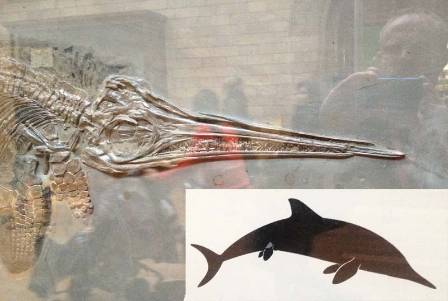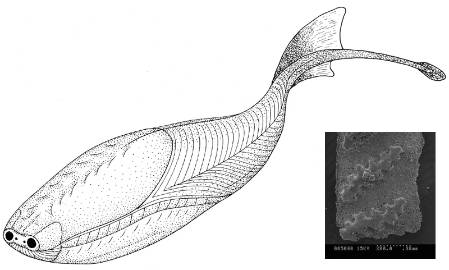Answering questions about the collections and subject areas of expertise is a 'bread and butter' job for a curator that often goes unnoticed at end-of-year reporting. Since January 1996 I have kept notebooks recording details of all the external enquiries I have answered. In this post I look back over my enquiries books to choose some that gave me most satisfaction, made me sad, nostalgic, resulted in important discoveries, were smelly or just weird!
My enquiry books with details of every enquiry I have answered since 1996.
I have been asked so many different things over the years. Here are some general themes with the most common listed at the top:
- Can I visit the collections/micropalaeontology library?
- Do you have a particular species in the collection?
- Do you have material collected by so-and-so?
- Do you have Cretaceous/Jurassic (or any other age) material from (substitute name of country/city/town/site etc)?
- Can you provide an image of one of your specimens?
- Can I borrow material?
- Please can you provide a copy of one of your papers or an article present in the Museum Library?
- Please can you peer review a manuscript for a journal/book/magazine?
- Do you have any volunteer opportunities?
- Do you have any job opportunities?
- Can you identify my fossil? (Usually these are images for microfossils but I have on rare occasions received actual microfossil specimens by post)
- Who do I contact to gain access to the dinosaur collection?
- Can you provide information about techniques to collect, process and illustrate microfossils?
- Please provide a letter of support for our grant proposal to fund a project that will use your collections.
- Can you provide a reference for a job application by one of your former volunteers or staff members?
- Can you carry out some commercial work to date a rock sample?
- Can you present an evening lecture at our local geological society?
- Please provide information about UK stratigraphy or microfossil collecting sites.
- Please provide advice on curation policies and procedures.
- Please comment on these museum display/book figure captions.
- Can you provide career advice?
- Can you value or provide advice on how to value museum objects?
- Can you provide information for a press article?
- Can we film you?
- And finally... Tell me all you know about micropalaeontology (yes, I was once asked this).
Who asks the questions?
Most questions come from academics or students, but we also deal with commercial enquirers, local amateur groups, artists, general members of the public, media and personal contacts. My post on who visits our collections and why? looks at this in more detail.
Have the types of enquiries changed over 20 years?
When I first arrived at the Museum many enquiries came from contacts I had made prior to coming to the Museum and were often requests for literature or details of my PhD work. At the time I was in charge of the Former BP Collection. Nobody knew we had it and BP had placed some restrictions on access so very few of my enquiries related to collections access.
As my career progressed I became responsible for larger parts of the collection until in 2011 I became responsible for the entire microfossil collection and now receive at least one enquiry per working day of the year and five times as many enquiries per year as I did at the start of my career.
What enquiry gave me the most satisfaction to answer?
Looking back it was particularly satisfying to see enquiries that led to visits that started major research projects or resulted in key publications. In a previous post I mentioned a visit by Paul Pearson of Cardiff University that initiated a long term research project on exceptionally preserved material from Tanzania.
Which enquiries made me most nostalgic?
These would have to be ones where I made first contact with people who subsequently became colleagues or long term collaborators. For example I was amazed to read that I first met Dermeval do Carmo when he visited in 1997. He recently invited me to Brazil to give a course on managing collections. Another enquiry from the late 1990s was from another Brazilian - Martha Richter who wrote a paper with me, subsequently applied for a job here at the Museum and later became my boss!
Part of one of the ichthyosaurs on display in Waterhouse Way at the Museum and the outline of an ichthyosaur used elsewhere in the display.
What was my smelliest enquiry?
When I first came to the museum in 1993 there used to be a desk in the department foyer where enquiries officer Vie Wasey sat and members of the public would bring specimens for identification. When she was away we took it in turns to stand in for her. One time a member of the public brought a shoe box in which he said there a was an ichthyosaur skull he'd found on the beach at Lyme Regis. As he unwrapped the specimen a terrible rotting stench filled the room and I sent him quickly off to the Zoology Department as it turned out to be a dolphin skull!
What enquiry made me saddest?
I was once standing in for my boss and as a result I received a detailed enquiry relating to a specimen in a collection managed by one of my colleagues. Shortly afterwards the enquirer sent me an irate e-mail asking why I could not immediately locate and give advice on a specimen in another part of the Museum collection that they wanted to cast/borrow/prepare. 'Surely anyone should be able to do this?' was their response. That particular correspondence prompted me to write a blog post entitled Do we need specialist curators?
What was my strangest enquiry?
In the very early days of email correspondence I was contacted by someone who was convinced that I was witholding information about microfossils present in the stones at Stonehenge. It took some time before they stopped asking me for details. They even asked if they could visit to see the collections as they did not believe me.
Did any enquiries lead to important discoveries?
In 2006 I was sent a sample of limestone to analyse by an oil company in Oman. They wanted me to recover conodonts to date a rock formation. The rock contained no conodonts but it did contain tiny fragments of some of the oldest fossil fish ever discovered. Since then I have visited Oman twice to collect more and I have been sent much more rock from Oman to analyse that has yielded both conodonts and fish and has led to several publications.
Reconstruction of the early fish Sacabambaspis (with permission from Ivan Sansom, University of Birmingham) and a scanning electron microscope image of a Sacabambaspis scale from the Ordovician of Oman.
My job is changing over the next few months to 'Collections Manager of Micropalaeontology, Petrology and Ores'. This means that curators under my management will have responsiblity for answering many of the types of collections enquiries I have listed above. I have decided to stop keeping my enquiries book but I shall continue to blog!





